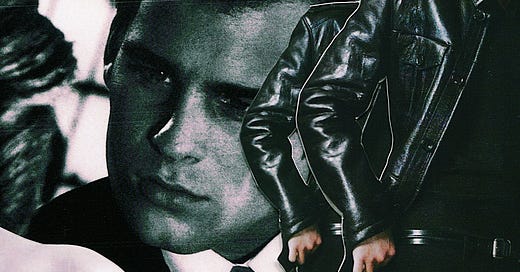The unceasing demand for socially responsible art at the expense of style (and substance) is but a masked desire for dissolution and thirst for annihilation.
You see it everywhere: art about art, meta-analyses of the conditions and possibilities of art, a self-reflective aesthetic registering bare surfaces. It emerges from the periphery, from the fringes, and is at its best on our Instagram feeds, where its visual cues and iconography erase the distinction between layman and connoisseur. We are reminded that the artwork is not a mode of escapism, but extends its domain to the social where it can poke fun at everything. Its proponents boast that it is an art which reveals the tensions between high- and low-culture, bridging the gap separating the hallowed milieu of the gallery and the wider social zone; that it is an art for the many instead of the few, a curb to elitism; an art that is real.
It might indeed be suggested that the continued appeal of 'street' or 'pop' artists in the collective consciousness -- most prominently Banksy, our great antagonist -- is due in part to the accessibility of their visual and non-visual cues. As it is, this cohort of artists employ the use of simplistic, easily-transmittable iconography (think of Banksy's anagrammatic rat motif), combined with underlying socio-political sentiments; to wit, their works serve as texts embedded in their socio-political milieu and are reflective of this entanglement. In their execution, they serve as deconstructive transmitters of established ideals, cheekily attempting to dissect the intricate social structures in which they find themselves.
To another, lesser extent, the public outcry against much of contemporary art's more incomprehensible modes (how is this art? why is this art?) and fixation on art that possesses social utility (as in the aforementioned example) is indicative of some distinction between higher and lower culture in our woefully mongrelised post-postmodern moment.
The contradiction, in the case of someone like Banksy, is apparent: an art that challenges the institutional apparatus yet is welcomed, indeed eagerly so, by those whom it seeks to criticize. Your invited guests spit in your soup, pour hot grease on your rose bed, trample mud across your carpet, soil your bedsheets, and you in turn celebrate them. How can this be? Under which peculiar condition is such a masochism encouraged to ripen?



